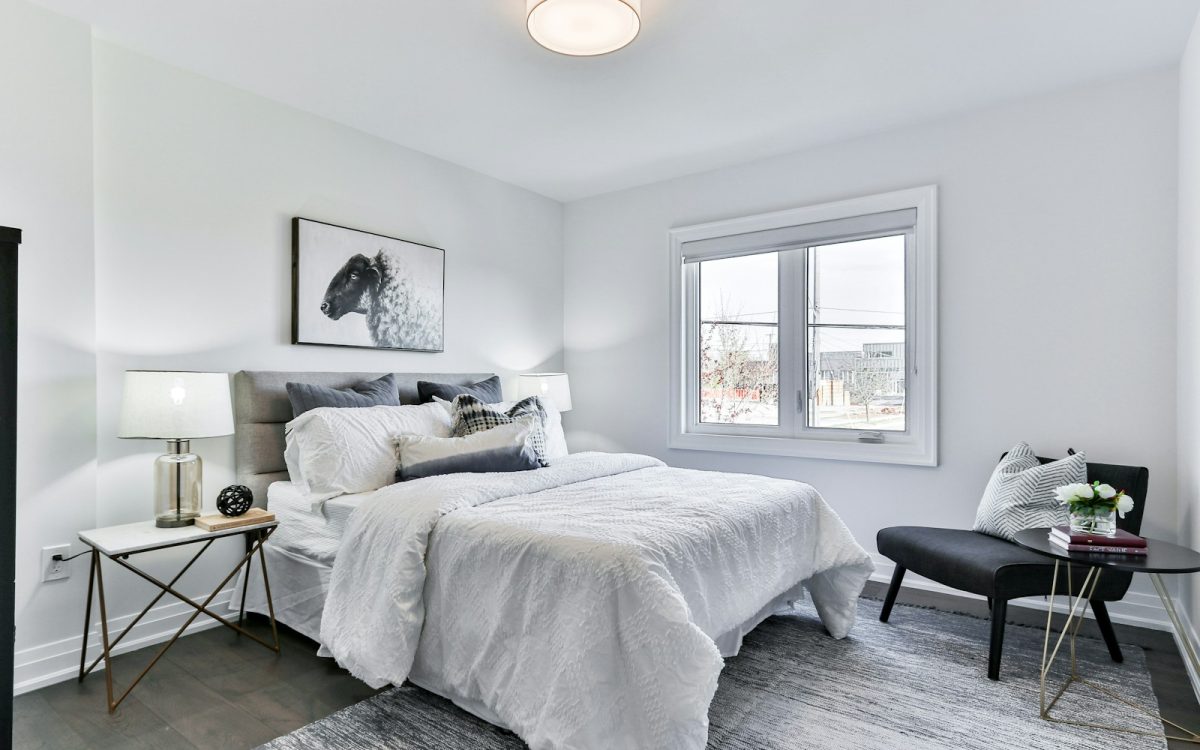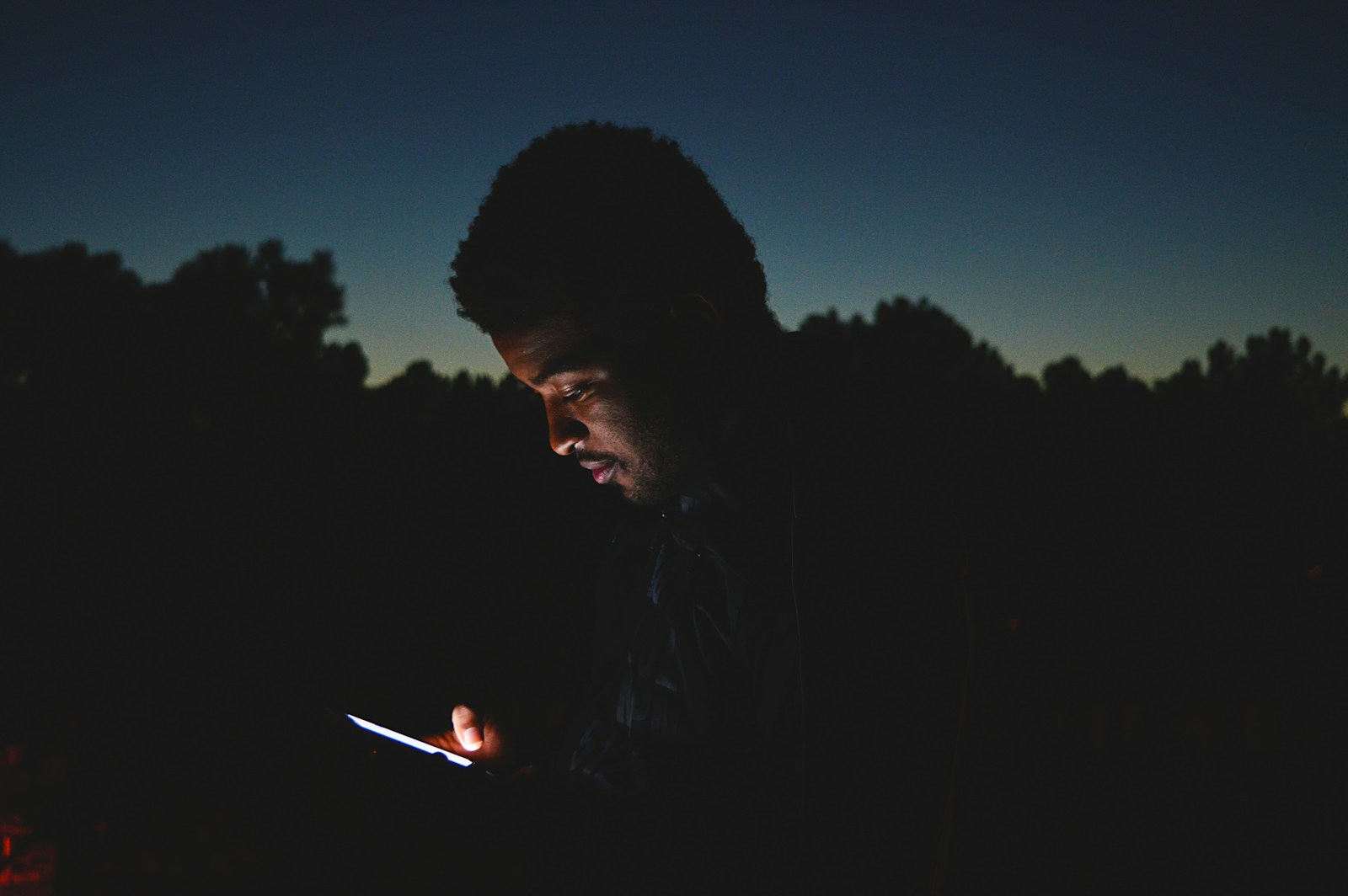Sleep-Friendly Interior Design Ideas for a Restful Bedroom Retreat
Meta Description: Discover proven sleep-friendly interior design ideas to transform your bedroom into a relaxing sanctuary that promotes better sleep and wellbeing.
Creating a tranquil and sleep-friendly bedroom isn’t just about aesthetics—it’s about promoting mental calm and giving your body the rest it deserves. If you struggle with falling asleep or waking up refreshed, your bedroom design may have more to do with it than you think. In this article, you’ll learn expert-recommended sleep-friendly interior design ideas to help you transform your bedroom into a restful retreat for better sleep and improved wellness.
Why Sleep-Friendly Interior Design Matters
Sleep affects nearly every aspect of our well-being, including mental health, productivity, and physical performance. Good bedroom design can help improve sleep quality by minimizing distractions, reducing stress, and regulating your circadian rhythm. Incorporating sleep-enhancing elements into interior design goes beyond comfort—it’s a long-term investment in your health.
Key Principles of a Sleep-Friendly Interior
Before diving into specific ideas, let’s explore the foundational principles that guide sleep-friendly interiors. These components interplay with our senses to promote relaxation and deep sleep:
- Calming colors that relax the mind and body
- Strategic lighting that mimics natural rhythms
- Bedroom layout optimization for a clutter-free, peaceful environment
- Sound control and acoustics to reduce noise
- Air quality and natural ventilation to improve oxygen levels while sleeping
Top Sleep-Friendly Interior Design Ideas
1. Choose a Soothing Color Palette
Color psychology plays a major role in how we feel in our spaces. Sleep-friendly colors are typically cool-toned and muted, such as:
- Soft blues
- Muted greens
- Warm beiges and grays
- Lavender tones
These colors evoke feelings of calm and can naturally lower heart rate and anxiety. Avoid bold colors like bright reds and oranges, which tend to stimulate the brain and increase alertness.
2. Invest in Blackout Curtains or Blinds
Light pollution is a leading disruptor of sleep. Even small amounts of ambient light can interfere with melatonin production. Opt for blackout curtains or energy-efficient blinds to block out street lights and morning sun. This will help you fall asleep faster and stay asleep longer.
3. Use Layered, Adjustable Lighting
Rather than relying on a single harsh overhead light, install layered lighting options:
- Warm bedside table lamps for evening tasks
- Wall sconces with dimmers for adjustable brightness
- Soft LED candles for ambiance
Smart bulbs with color therapy features can also help regulate your sleep-wake cycle by mimicking sunset and sunrise lighting transitions.
4. Declutter to Destress
Minimalism supports serenity. Clutter increases cognitive overload and mental stress, making it more difficult to fall asleep. Store belongings in smart storage options like under-bed drawers, wall-mounted shelves, and enclosed nightstands. Use a calming feng shui layout: keep the bed easily accessible on both sides and avoid placing it directly in line with the door.
5. Choose the Right Bedding and Mattress
Your bed is the focal point of your sleep environment. Opt for:
- A memory foam or hybrid mattress for body-conforming support
- Breathable, natural-fiber sheets (like bamboo or organic cotton)
- Comfortable pillows that support your neck and spine
Layer cozy throws and textures to make your bed more inviting, but avoid heavy piles of decorative pillows that serve no functional purpose and may annoy you at bedtime.
Incorporate Sleep-Inducing Scents and Sounds
A soothing bedroom isn’t just about what you see—it’s also about engaging your other senses. Incorporate aromatherapy and white noise elements to boost your sleep quality.
Use Essential Oil Diffusers
Scents like lavender, chamomile, sandalwood, and ylang-ylang are known to reduce anxiety and promote relaxation. Use an essential oil diffuser with a timer so it shuts off automatically, or add a few drops of essential oils to your pillowcase or linen spray.
Introduce Soft Ambient Sounds
Dead silence isn’t always ideal—use a white noise machine, ambient sound app, or even a softly humming fan to block out sleep-disrupting noises. Some people prefer nature sounds like ocean waves, forest rain, or soft wind chimes to help lull them into sleep.
Optimize Air Quality and Temperature
Stale air, dust, and allergens can affect your breathing during sleep. Here’s how to create a healthier sleep environment:
- Use an air purifier with a HEPA filter to reduce allergens and dust
- Open windows occasionally to allow fresh air to circulate
- Keep plants like snake plant or peace lilies for natural air purification
- Set your thermostat to 60–67°F (15.5–19.5°C), the optimal range for sleep
Technology-Free Zones Enhance Sleep Quality
Electronic devices emit blue light that can throw off your circadian rhythm. To optimize your sleep-friendly interior design, remove distractions such as TVs, tablets, and smartphones from the bedroom, or at least keep them out of reach after a set time. Invest in a sunrise alarm clock instead of checking your phone in the morning.
Biophilic Design for Natural Calm
Biophilic design—integrating natural elements into interiors—is a trending and effective strategy to promote relaxation and mental rejuvenation. You can achieve this by:
- Placing indoor plants to enhance air quality and tranquility
- Using wooden textures in furniture or decor
- Incorporating botanical prints or nature-inspired artwork
These additions mirror outdoor environments and reduce visual stress, boosting melatonin production and helping regulate sleep.
Final Thoughts: Designing Your Dream Sleep Oasis
When done intentionally, sleep-friendly interior design can make a dramatic difference in how quickly you fall asleep and how well you stay asleep. From choosing calming hues and soft lighting to filtering air and crafting a clutter-free layout, your bedroom can become a true sanctuary for restful nights and brighter mornings.
Don’t underestimate the power of your environment—your journey to better sleep may start with a few mindful design changes. Transform your bedroom into a peaceful haven today and enjoy the lasting benefits of improved sleep health and overall wellness.
FAQs About Sleep-Friendly Bedrooms
What color is best for sleep?
Cool tones like soft blue, muted green, and shades of gray are widely regarded as the best bedroom colors for sleep due to their calming effects on the brain.
Are houseplants good for a sleep-friendly bedroom?
Yes! Certain plants purify the air and reduce stress—snake plants, lavender, and aloe vera are great choices for a healthier sleep environment.
How can I make my bedroom more relaxing?
Focus on reducing noise, clutter, and bright lighting. Incorporate calming scents, soft textures, and gentle hues to create a more tranquil atmosphere.
If you found these sleep-friendly interior design ideas helpful, don’t forget to share this article and subscribe for more home and wellness inspiration. Sweet dreams!





